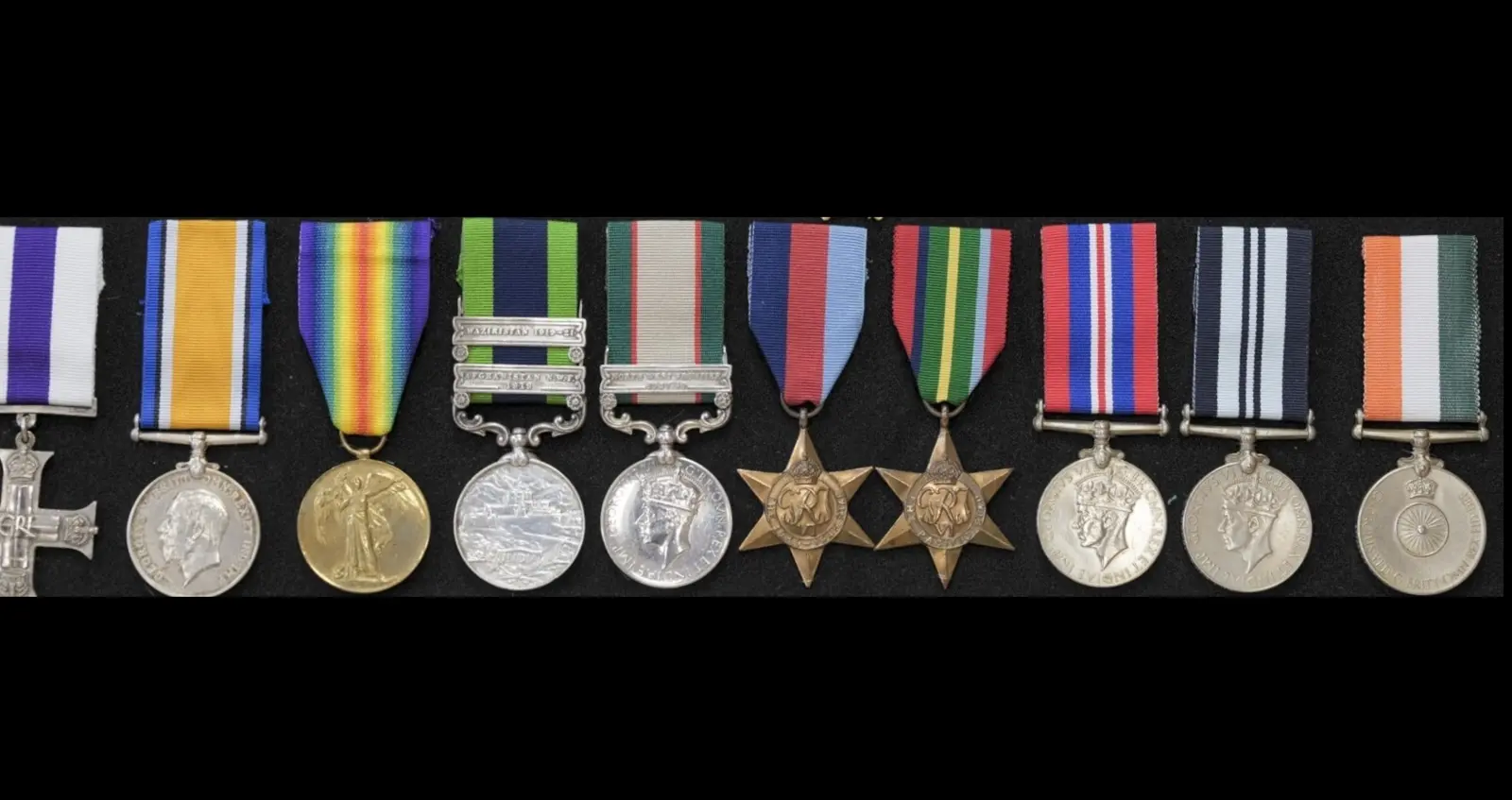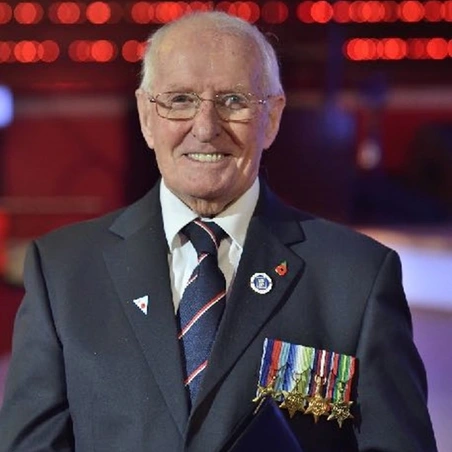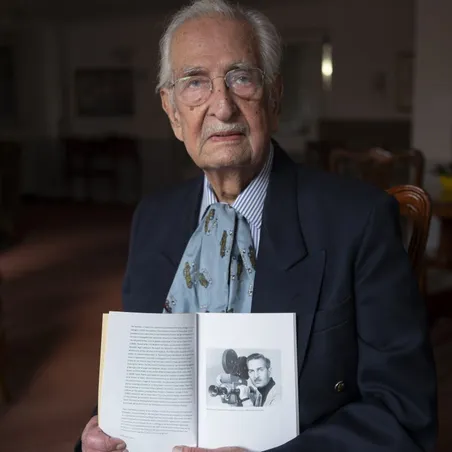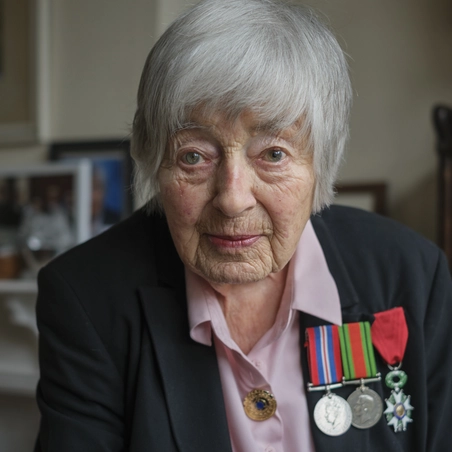
Private Keith Botterill
Australian Keith Botterill was born on 1st August 1924 at Nyngan in New South Wales and was raised by his grandmother in Sydney.
After falsifying his date of birth by two years, Keith enlisted in the Army in 1941, just after his 19th birthday. Posted to 2/19 Battalion, he fought on Singapore Island where he was wounded. Taken prisoner following Singapore's fall, he was transferred to Sandakan in Borneo, as one of 2,434 Australian and British prisoners tasked with the building of an airstrip. At war's end, all prisoners who remained at the Sandakan camp were dead. Some 1000 were sent on three infamous death marches into Borneo's interior.
Survivor of Sandakan
Keith Botterill spoke to historian Lynette Silver about his experiences in the years before his death in 1997.
The Japanese punished prisoners who had broken camp rules by confining them into a small cage. On one occasion Keith was caged with others for forty days.
“There was no water for the first three days, but on the third night we were forced to drink until we were sick. No food for seven days, but on the seventh we received half-rations. I was just wearing a G-string, never had a wash and was covered in lice and scabies. We were not allowed to talk and had to kneel all day. There was not enough room to lie down properly at night.”
At the end of January 1945, Keith was sent on the first death march, consisting of 455 prisoners, in batches of about 50. “You'd lie up against a tree at night, weary with aches and pains, and covered in leeches as thick as pencils. In the morning you'd get up and keep going. You might get a bashing or two, but you just kept going”.
“I saw men bayoneted or shot because they could not keep up. We lost five men in my party on one mountain, all shot because they could not continue. I just turned myself into a zombie and kept plodding along. I was heartbroken, but I just kept going.”
After 17 days, Keith's group reached Ranau, after a trek of 260 kilometres with 37 of the 50 who had left Sandakan, still alive. However, with very little food, and dysentery rife, there was no respite at the destination for the POWs crowded into a crude, open-sided hut, made of bamboo, with a raised sleeping platform.
“At about 9 o'clock each morning a burial party, two men to each body, carried the corpses, strapped to poles by their wrists and ankles, like a dead tiger, to the cemetery on a nearby slope. We had no padre, and there were no clothes on the bodies. Just lowered naked into shallow graves about six inches deep. The soil was too hard to dig any deeper.”
By 26th June, when 183 survivors from a second march arrived, there were just six left alive from the first march. Keith and some others managed to escape the following month and were sheltered by local villagers. The Japanese surrender followed shortly after. Apart from others transferred elsewhere before the marches began, Keith and five others were the sole survivors of Sandakan camp.
Reproduced by kind permission of Lynette Silver, from her books





